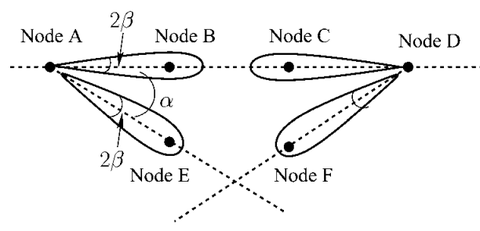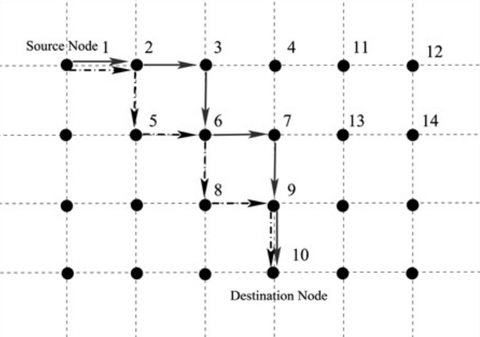Summary
A directional routing approach for multi-hop ad-hoc networks, is presented which has been applied to two on-demand routing protocols: namely dynamic source routing (DSR) and ad-hoc on-demand distance vector routing (AODV). Both DSR-based and AODV-based directional routing protocols are designed to balance the tradeoff between co-channel interferences from nodes hops away and the total power consumed by all the nodes. In order to select the best route, three metrics are considered in the route discovery process. They consist of hop count, power budget and overlaps between adjacent beams. By exploiting the direction of directional antennas, both routing protocols are capable of reducing overlaps between beams of the nodes along the route, thus eliminating interference. Arbitrary networks and random networks are considered in the simulations. The results show considerable performance gains for transmission of real-time traffic over ad hoc networks.
Description
In wireless ad-hoc networks smart antenna techniques, capable of providing spatial reuse, longer ranges, interference suppression and other beneficial features, have been investigated to improve achievable performance and system capacity. Most works in current open literature focus on the design and development of MAC protocols and ignore the effect of co-channel interference along an active path from source to destination. To the best of our knowledge, there has been little work on the design of routing protocols for wireless ad-hoc networks using directional antennas.
In this work, a directional routing strategy has been proposed, mainly to suppress interferences from neighbouring relay nodes while attaining power effectiveness. The approach has been applied to two popular on-demand routing protocols, namely dynamic source routing (DSR) [12] and ad-hoc on-demand distance vector routing (AODV), which will be referred to as the directional DSR (DDSR) protocol and the directional AODV (DAODV) protocol.



